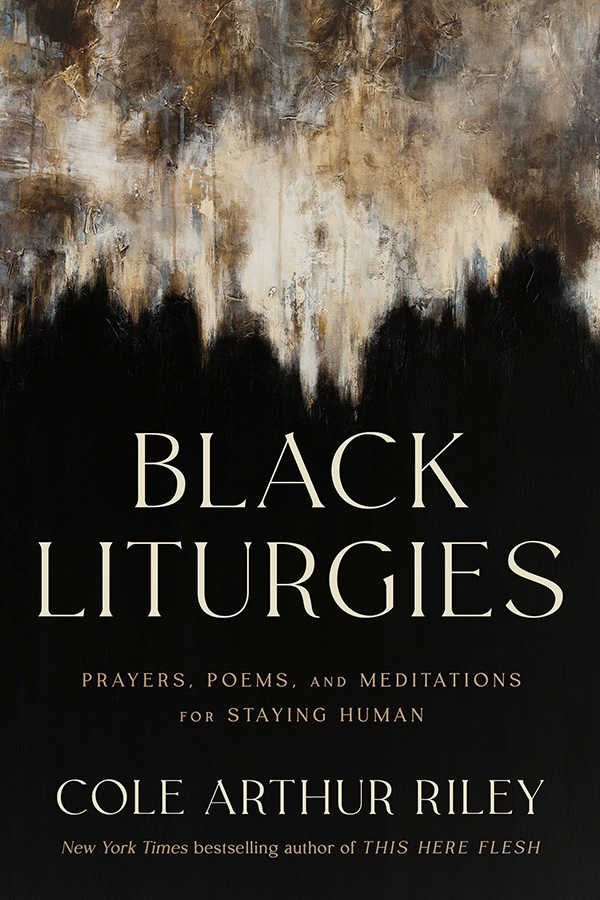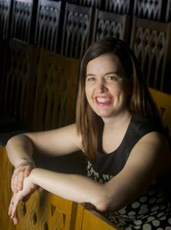There’s something disquieting about living under the same roof as a practicing heretic -- even a cute one.
Perhaps I should explain.
The heretic in question is Amy May Rabbit, who usually rests on our daughter’s bed in the room that adjoins my home office. She was created by my wife’s sister, a talented seamstress, about 20 years ago and presented to my wife as a gift.
Amy May has that cute bunny face that we’ve all observed on the peaceful critters who hop across our lawns, nibble our homegrown tomatoes, then retire to their burrows to create tiny, even cuter offspring against whom we are defenseless. We’ve even been known -- well, some of us -- to put out the aging carrots found in the fridge for the enjoyment of these furry friends.
To go along with her bunny cuteness, Amy May has long, floppy ears and, to complete the picture, has been anthropomorphically adorned in a flowing gown made of gingham. I don’t know where her name came from, except to say that my wife and her sisters are Southerners and have double-named friends, so I suppose Amy May follows that convention. Every child who wanders into our home proclaims her adorable and wishes to give her hugs, tell her stories or carry her to the window in hopes of glimpsing one of her real-life relatives playing on the lawn.
Despite all of this, Amy May is a heretic. Her transgression: she has been baptized somewhere between 30 and 50 times, in clear violation of the United Methodist “Book of Discipline.”
It has been my privilege to teach courses in worship to United Methodists both at Wesley Theological Seminary in Washington, D.C., and at Duke Divinity School, and on both campuses Amy May has been the baptizee -- candidate for baptism, to wax liturgically correct -- for women and men preparing for parish ministry.
Laity seldom stop to think about it, but pastors-in-formation don’t automatically intuit the hands-on aspects of presiding at the sacraments; someone has to teach them, and it has been my joy to do so on a number of occasions.
Amy May began her decline into heresy one semester at Wesley, when I was invited to sub for a professor who’d gone on sabbatical. Finding a worn-out rubber doll in the supply closet, I queried some staff and learned that the sad artifact was the baptizee who had served for many years in classes on worship and liturgy.
Amy May quickly came to mind and rode with me to campus the next day, belted safely into her seat. Thus began her descent from orthodoxy.
Students have been remarkably open to Amy May’s serial candidacies for baptism, more concerned with developing their own skills than with pronouncing the sacramental words upon a stuffed rabbit; this is as it should be. Last time Amy May experienced the laying on of hands, numerous cellphones captured the moment; these images are doubtless on the loose somewhere in cyberspace. May fundamentalists never find them.
When Amy May recently underwent some restorative stitchery -- she came through the surgery well, thank you -- the Holy Spirit nudged me to realize that her history may contribute something useful to our understanding of baptism: we never celebrate the sacrament in isolation from a history that begins with God’s parting the waters at creation and continues through successive generations of faithful folk into the present and on toward the new Jerusalem, where the river of the water of life flows from God’s throne and nourishes a restored creation and a redeemed humanity.
In some sense, all the baptized experience an uninterrupted laying on of hands, standing as we do in a tradition grounded in what we confess to be God’s self-disclosing acts across history. In United Methodist baptismal liturgy, we emphasize that the water in the font is in sacred continuity with the waters separated and gathered in creation, the waters that bore up Noah and company in the ark, the waters traversed in the crossing of the Red Sea and the Jordan, the waters that nourished Jesus in Mary’s womb, and the waters in which he himself was baptized.
All these “mighty acts of salvation,” we say, have contributed to, and are present in, the sacrament of baptism. We’ve all had countless hands laid upon us. Amy May has had fewer, it turns out, than most of us.
John Suk, in “Not Sure: A Pastor’s Journey from Faith to Doubt,” laments the loss of linear history in contemporary Christianity in favor of a warm and fuzzy individualism often summed up in the phrase “a personal relationship with Jesus.”
“North American Christianity,” he writes, “has traded the theological and linear language of religious conversion, sin, and repentance for the language of personal relationship. … [This] allows people to believe whatever they want to believe apart from the constraints of tradition or rationality. A personal relationship, after all, is my relationship; therefore, I define it.”
Amy May’s journey, then, may be more prophetic than heretical, summoning the students who’ve laid hands on her to a more authentic understanding of the sacrament than some in the modern church possess.
The journey from the waters of chaos in the creation to the river of the water of life in the new Jerusalem is never solitary, personal; it is always a congregational procession. Amy May has lots of water spots on her cotton scalp, thanks be to God.









